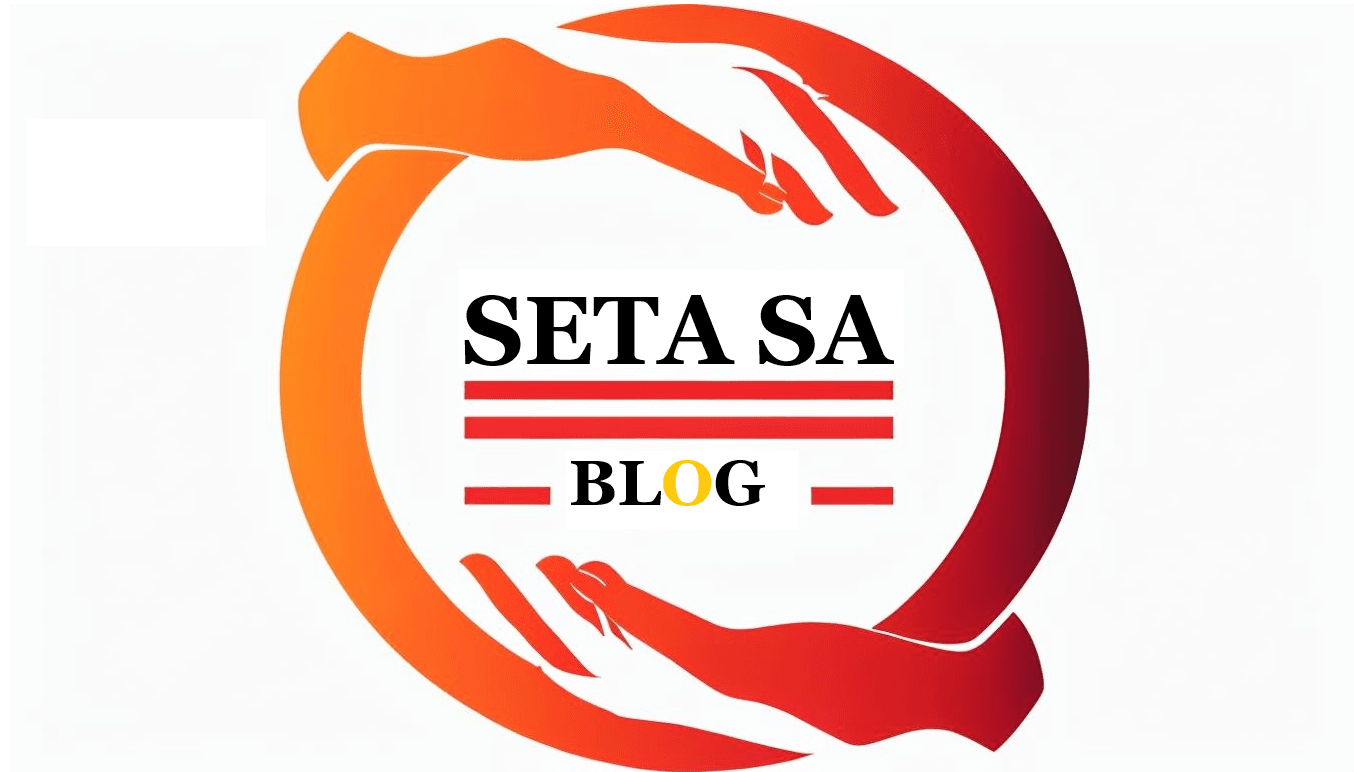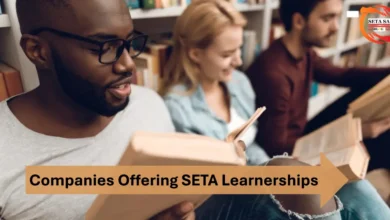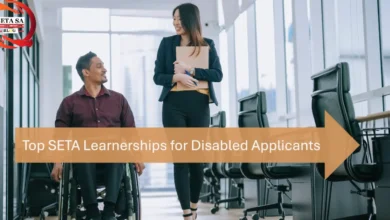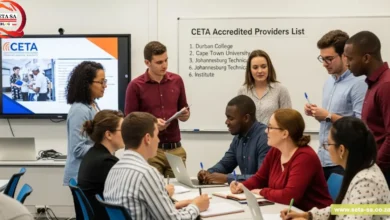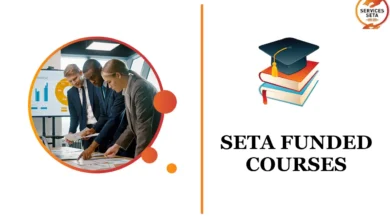What Is SETA in South Africa? A Complete Guide to SETA, Learnerships & Skills Development
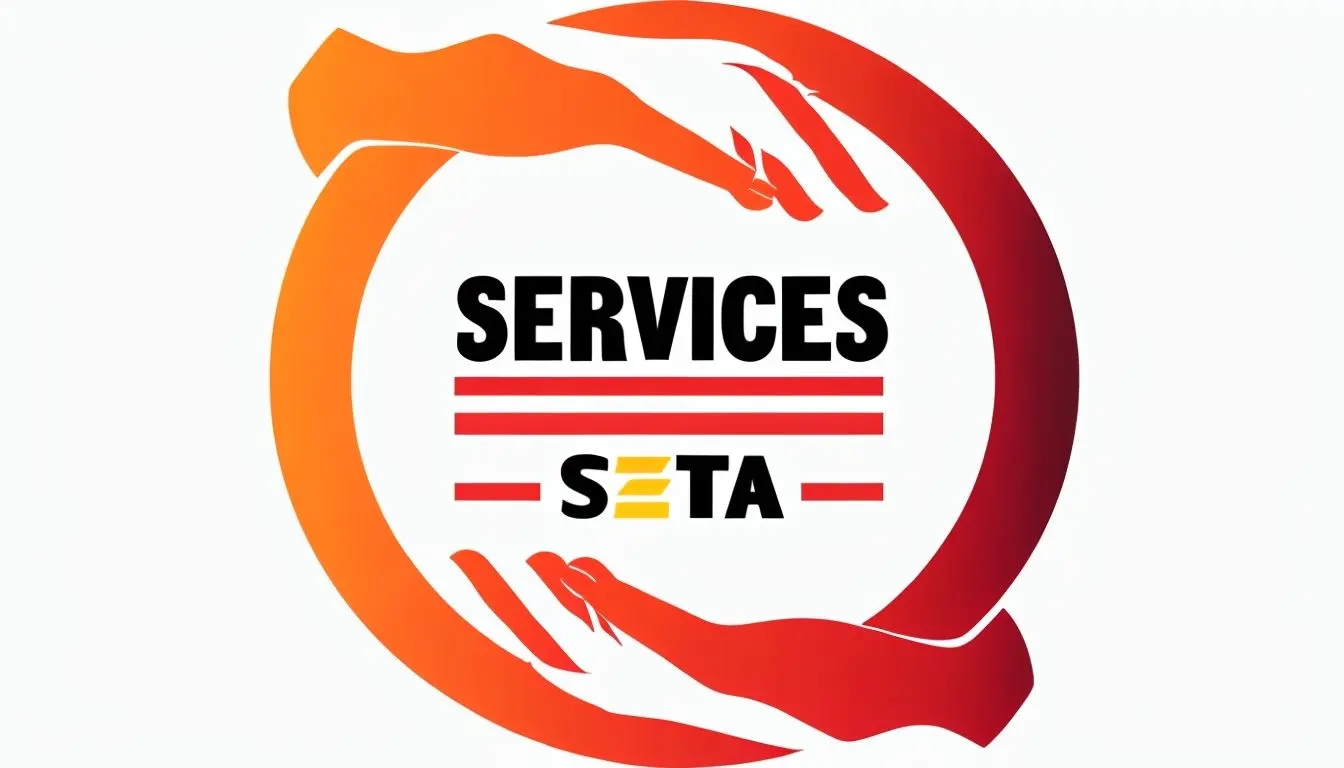
Have you ever wondered how people in South Africa learn skills for jobs—especially if they don’t have money for college or university? There’s something that can help, and it’s called SETA. Whether you’re a student, job seeker, or employer, understanding SETA could open real doors for your future. In this guide, you’ll discover what SETA is, how it works, and how it can help you or someone you know build a better career.
Let’s break it down in simple words.
What Does SETA Stand For?
SETA means Sector Education and Training Authority. These are special organisations made by the South African government. Their job is to help people learn the skills they need to get jobs in different industries.
There isn’t just one SETA—there are many. Each one looks after a different part of the economy, like farming, banking, IT, or construction.
What Is the Role of SETA in South Africa?
SETA exists because of something called the Skills Development Act. This law was created to help more South Africans learn skills that businesses actually need.
Here’s what SETAs do:
- They check which skills are needed in each industry.
- They create learnerships and training programmes.
- They help people get real work experience while learning.
- They support businesses to train their workers properly.
The goal? To make sure more people are ready for work, and fewer are unemployed.
Types of SETAs in South Africa
There are 21 SETAs in South Africa. Each one focuses on a different field. Here are some of the most well-known:
- MICT SETA – for media, IT, and communication jobs.
- BANKSETA – for banking and finance.
- AGRISETA – for agriculture and farming.
- CETA – for construction.
- ETDP SETA – for education and training.
- MERSETA – for manufacturing and engineering.
- HWSETA – for health and social development.
So if you want to be a nurse, builder, IT technician, or farmer—there’s a SETA for that!
How SETAs Work
SETA may sound like a big word, but the way it works is simple.
1. Funding
Companies in South Africa pay a small tax to help train workers. This money goes to SETAs. It’s called the Skills Development Levy.
2. Accreditation
SETA checks and approves training providers. This means only trusted colleges or centres can offer training that is recognised.
3. Training Providers
These are the people or places that teach skills. It could be a college, a small training company, or even a big business. SETA makes sure they follow good standards.
What Are Learnerships?
A learnership is a bit like an internship, but better.
It’s a mix of:
- Classroom learning
- Real work experience
You earn a certificate at the end, and sometimes even a stipend (a small salary) while you learn.
How They Help:
- You don’t need to pay fees.
- You get work experience.
- You may be hired after the learnership ends.
It’s perfect for young people who want to grow but can’t afford to study full-time.
How to Apply for a SETA Learnership
Applying for a learnership can feel scary, but it’s easier than you think.
Step-by-Step:
- Pick your SETA – Choose one that matches the job you want.
- Visit their website – They often post learnerships online.
- Prepare your documents – You’ll need your ID, CV, and latest school results.
- Apply online or by email – Follow the steps carefully.
- Wait and follow up – Be patient, but also check on your application.
Tips to Stand Out:
- Write a neat and honest CV.
- Show interest in learning.
- Be on time for interviews or training days.
- Ask questions – it shows you care.
Skills Development and SETA’s Impact
Did you know that over 200,000 people have taken part in SETA programmes in recent years?
SETA is helping more and more South Africans:
- Get training they couldn’t afford before.
- Find jobs faster.
- Build careers in industries that really need workers.
Many businesses also benefit—they get better-trained staff, and even grants for helping young people learn.
“When I joined a SETA learnership, I didn’t know anything about IT. Now I’m working as a support technician,” says Lindokuhle, a 23-year-old from Durban.
FAQs
Yes! It’s recognised across South Africa and helps you find jobs.
Most learnerships offer a small stipend, but not all.
Usually between 6 to 12 months.
Yes, some learnerships only need Grade 10 or 11. Others may need Matric.
Yes! Most are fully funded, especially for unemployed youth.
SETA is more than just a name—it’s a way for South Africans to build better lives. If you’re looking to grow your skills, start a career, or support someone who is, a SETA learnership might be the key.
Explore your options today. The opportunity is already there—you just need to take the first step.
